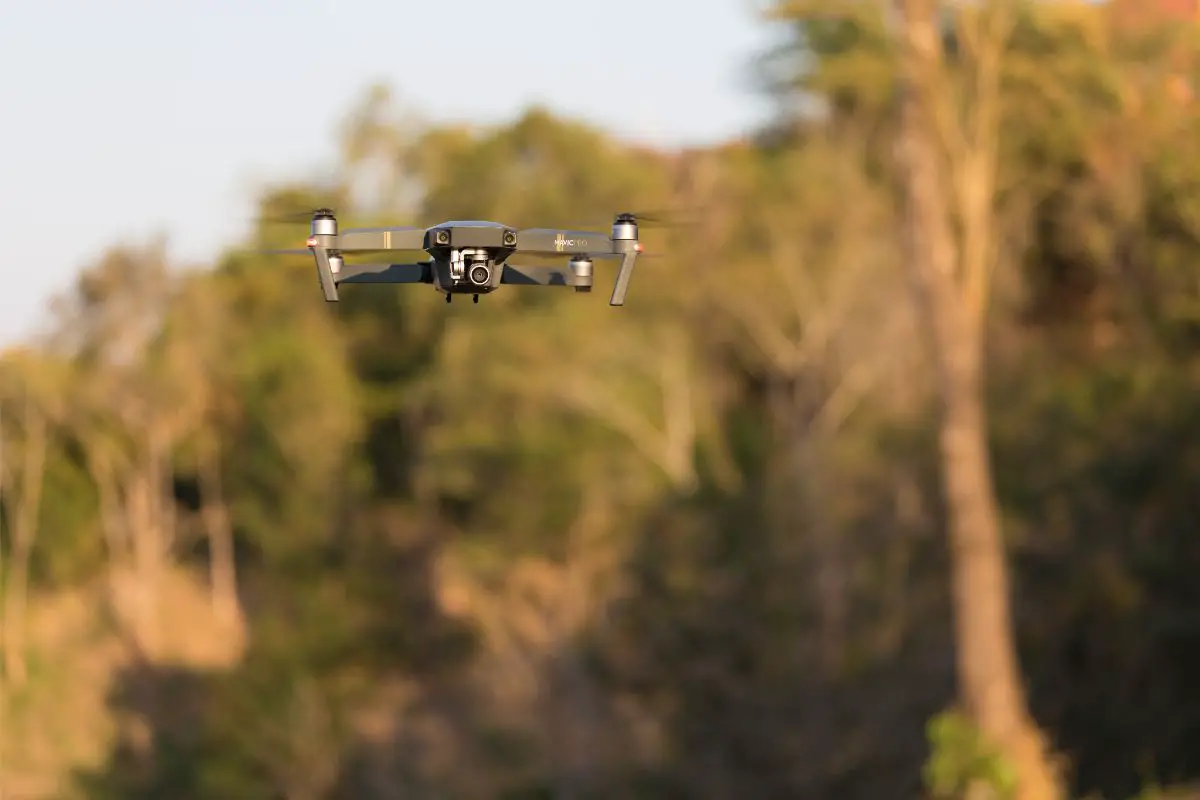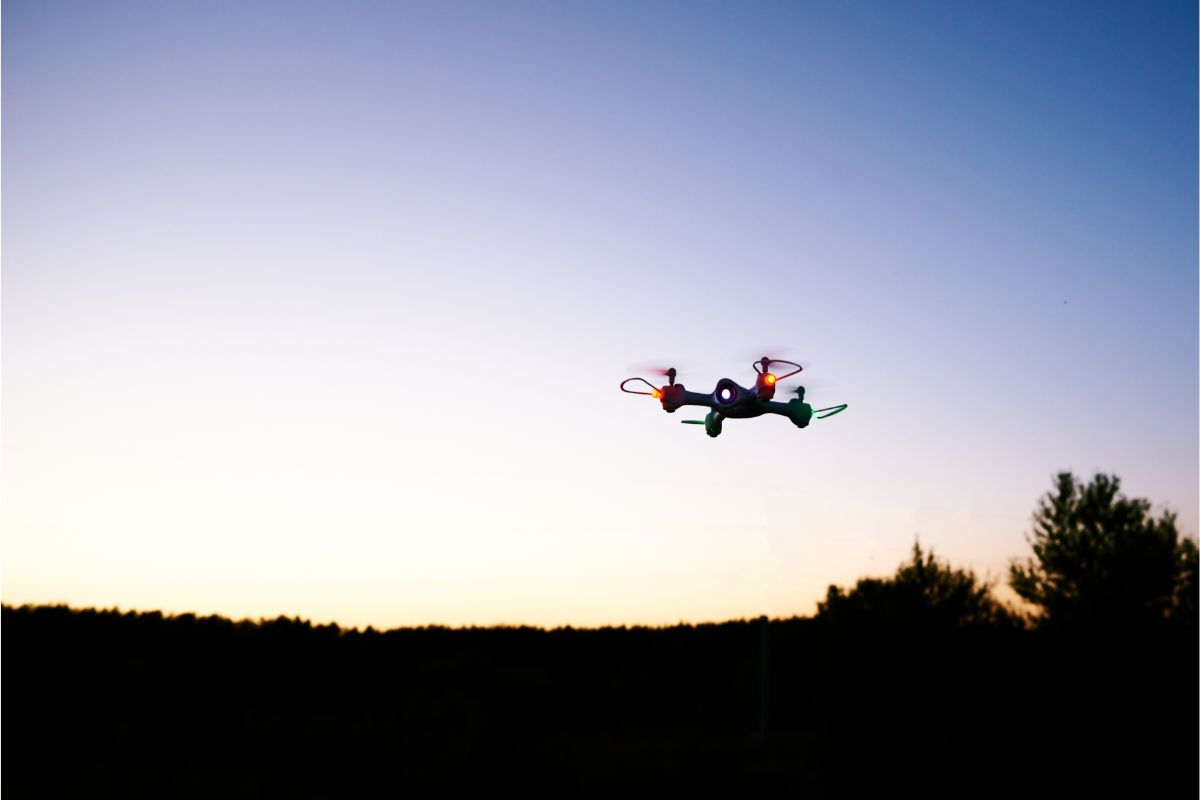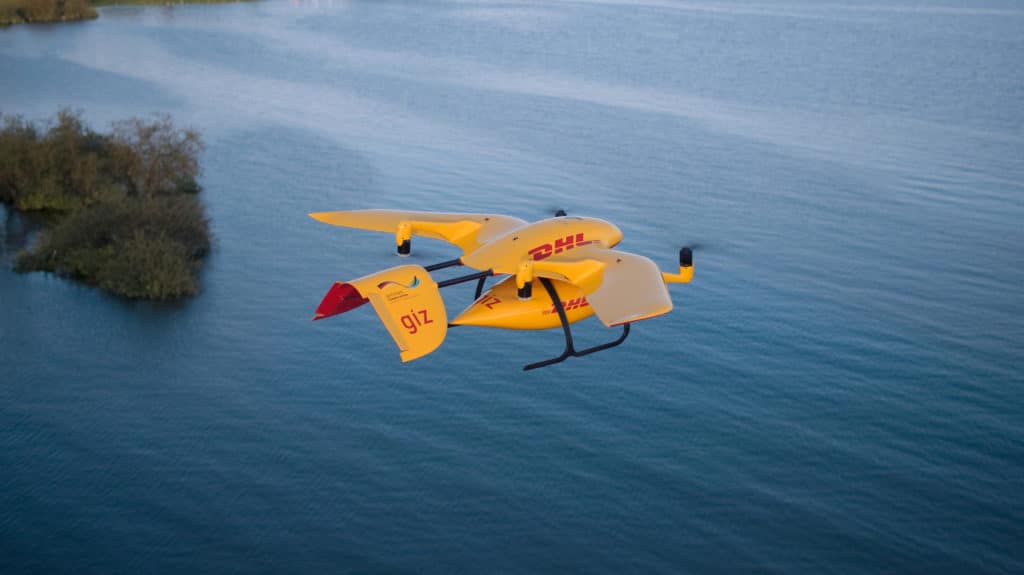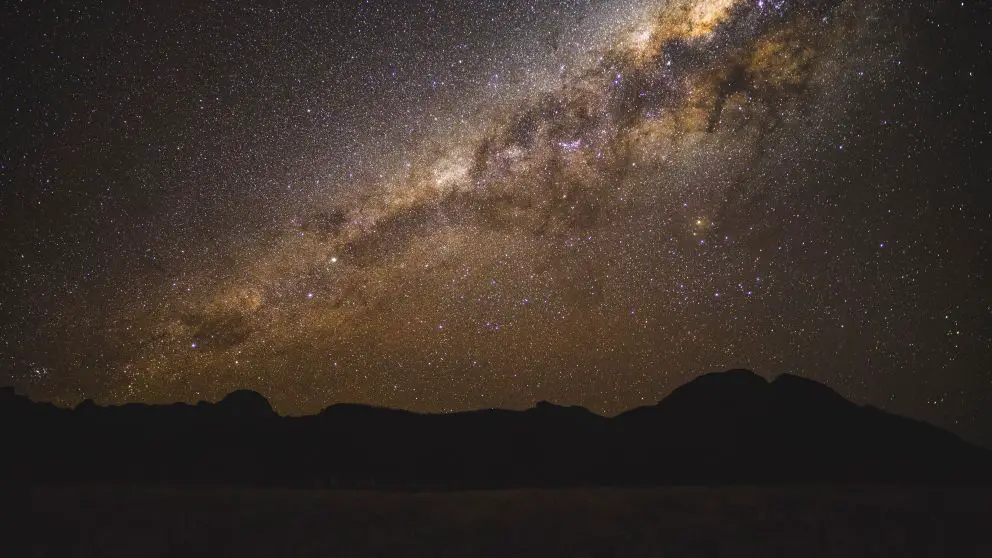The Mini 3 Pro is DJI’s latest foray into the sub-250 g market, and they’ve done an exquisite job! Despite the compact form factor, the Mini 3 Pro has a pretty incredible feature set the likes of which you’d usually only find on a larger more expensive drone.
But perhaps the headlining talking point of this new design pertains to the small but remarkably powerful motors that can take the Mini Pro 3 to incredible heights, maxing out at 4000 meters above sea level — Impressive, right?
That said, in order to operate within the confines of the law, the DJI Mini 3 Pro has an altitude cap that vastly inhibits its climbing ability. Check out the details below!
DJI Mini 3 Pro Max Altitudes
The discrepancy between the technical abilities of the Mini 3 Pro Max and the laws by which we and DJI must abide means there are a few different maximum altitudes to consider when flying this dinky drone.
As mentioned earlier, 4000 meters above sea level is the limit of the Mini 3 Pro’s abilities if it has the standard intelligent flight battery, but yours won’t be able to go that high. Why? Well, there’s a limiter in place that caps you at 500 meters.
But even that will only be possible in certain circumstances, as the law in the US as of 2016 is that both commercial and hobbyist drone pilots must not fly their drones beyond 400 feet from a level take-off point.
This ensures that there’s always a healthy 100-foot buffer between remote aircraft and the minimum cruising altitude for manned aircraft, which is of course 500 feet.
Sure, there’s a commercial exemption based on topography variation, and if you think you have a strong case, you can apply for special permission to fly your drone higher, but for the most part, you should always consider 400 feet as your maximum altitude.
DJI Mini 3 Pro Default Max Altitude
Okay, so thus far we’ve established three different maximum altitudes, but we’re about to hit you with another…
The Mini 3 Pro is a variable altitude model, and when you unbox a brand-new one, it’ll be set to a default max altitude of 120 meters (or 394 feet), just below the legal limit to ensure users don’t accidentally break the law.
Can You Change The Maximum Altitude On The DJI Mini 3 Pro?

Most users are best off sticking to the default altitude setting, as it’s a fantastic way to stay out of trouble, but permitted to go a little higher, you can simply increase the maximum altitude up to the 500 meters threshold.
To do so, you’ll need to download the DJI Fly app and do some menu diving — It’s easy enough.
What Blocks The DJI Mini 3 Pro At A Predetermined Altitude?
It’s the DJI Mini 3 Pro software responsible for reining in your drone. As you near the maximum altitude chosen in the settings, a warning will flash up onscreen. The software will then override your ascent control, leaving you cruising at a safe altitude.
The software is also the only thing stopping your DJI Mini 3 Pro drone from exceeding the 500-meter limit at the very top of the variable altitude settings.
Can You Reach The DJI Mini 3 Pro’s Max Service Ceiling?
There is one workaround that will allow you to fly your drone higher above sea level than technically permitted, and one workaround that will max out the technology and allow your drone to reach its maximum service ceiling of 4000 meters (13,000 feet).
But, we’ve got some bad news for you… neither are legal. Still, we can discuss them for purely academic purposes.
High Altitude Take-Off
The Mini 3 Pro uses the take-off location as a zero-reference point that triggers altitude monitoring. So, if you take off at high altitude, you’d still be able to fly your drone 500 feet upwards.
If you wanted to use this method to reach the drone’s maximum service ceiling, you’d obviously need to find a take-off point that already sits at 3500 meters above sea level.
However, only commercial drone pilots are permitted to take advantage of topographical variation to breach the 400-foot threshold.
Hacking The DJI Software
Another approach that’s technically possible but in no way legal is tweaking the DJI software in order to completely remove the limiter, thereby letting you fly your drone at its maximum service ceiling of 4000 meters above sea level.
This is highly dangerous and very, very illegal, so we’re not going to tell you how it’s done, nor should you try and find out. Not only could you cause an in-flight collision with a crewed aircraft, you’ll also void your warranty, and these drones aren’t cheap!
What Stops The DJI Mini 3 Pro At 4000 Meters?

Once the Mini 3 Pro reaches 4,000 meters above sea level, it’s no longer the software holding it back, but the laws of physics.
The higher the altitude, the thinner the air, which is why people who climb enormous mountains need oxygen tanks beyond a certain point.
As air density decreases, the motors of your drone have to work harder in order to spin the propellers faster enough to compensate, and at 4,000 feet, the DJI Mini 3 Pro simply cannot muster the energy to go any higher.
Combine this with the fact that colder temperatures at altitude inhibit battery performance, and you get a solid plateau effect.
Is It Worth Maxing Out The Mini 3 Pro’s Service Ceiling?
There’s something enticing about flying drones super high, but anyone who’s ever done it before will tell you what a letdown it is.
Simply put, there’s nothing up there to see. You’ll mostly just get clouds, perhaps a sliver of blue sky if you’re lucky… that’s it.
Even commercial aerial photographers stick lower down, well below the 400-foot threshold in fact, as that’s where the more interesting images are found.
Plus, the higher you go, the more extreme the weather conditions stand to be, particularly where wind is concerned. Before you know it, your drone might be getting tossed around like a leaf in a storm, which could damage it or lead to a crash.
And at a certain altitude, you’ll lose sight of your drone, which is never advisable, as you may end up losing it, or, again, damaging it or something else.
Final Thoughts
In the absence of limiting firmware, the DJI Mini 3 Pro can reach the lofty height of 4,000 feet above sea level, but there’s really no reason to go full-blown Icarus and see how close to that you can get.
The technical capabilities of the Mini 3 Pro are more about bragging rights and ensuring top-notch performance at lower altitudes, as to abide by the law, your maximum altitude will almost always be 400 feet.
This is to ensure all commercially and recreationally piloted UAVs stay well away from the minimum cruising altitude of manned aircraft, which is 500 feet.
There are some very niche exceptions to the rule, but even with these exceptions, new limitations are drawn up that would prevent you from legally flying your DJI Mini 3 Pro drone at anywhere near its maximum altitude.




